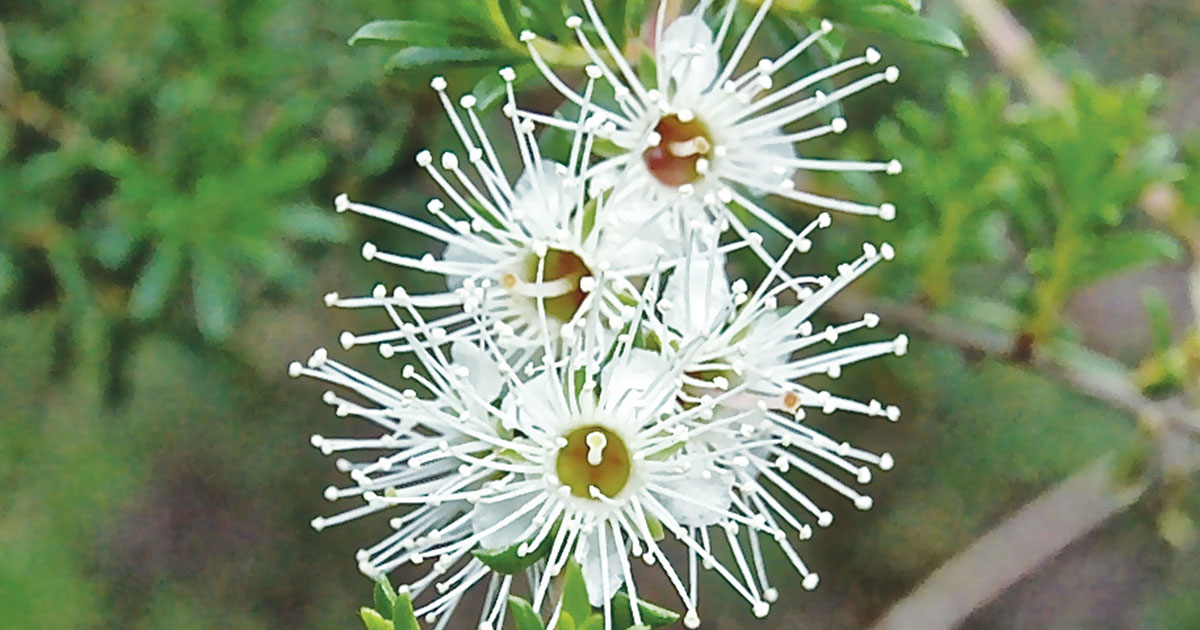If you are strolling along one of the many tracks in our bushland reserves between October and December you may probability across a Kunzea ambigua (White Kunzea or Tick Bush).
This bush is fairly common, significantly in open scrubby woodland and heath with sandy soils. It is among the first to regrow after its habitat has been disturbed by clearing.
In perfect circumstances, this bush which can grow up to three metres tall, and in season, could be covered with a prolific crop of delicate white flowers with very long stamens which conceal the petals.
Kunzea Native Flower: A Symphony of Colors and Scents
Native FlowersThese flowers provide a welcome supply of nectar for all types of insects as properly as small nectar feeding and insectivorous birds.
When taking the time to look into the bush it's attainable to look at a variety of the insects that choose to live in its neighborhood.
This specific species is typically used in gardens, particularly these featuring quite lots of native vegetation. When kept compact by pruning it presents well as a seasonal specimen plant.
The identify “Tick Bush” apparently comes from people observing that some native animals like to lay below the bush. It was thought that the aromatic oil content material of the foliage could deter ticks and mites.
Growing in an analogous habitat is the much less widespread Kunzea capitata (Pink Kunzea). This smaller selection might develop to round 1.5 metres high, and might be in flower usually from September to October.
Native FlowersThe deep pink flowers have small white pin head dimension globular dots on the ends of the stamens. Several flowers are clustered collectively towards the ends of branches which have a particular reddish-brown colouration.
This shrub is usually more compact than its relative. Hidden in the Hills Kunzeas could be grown as an ornamental specimen in a home native garden.

